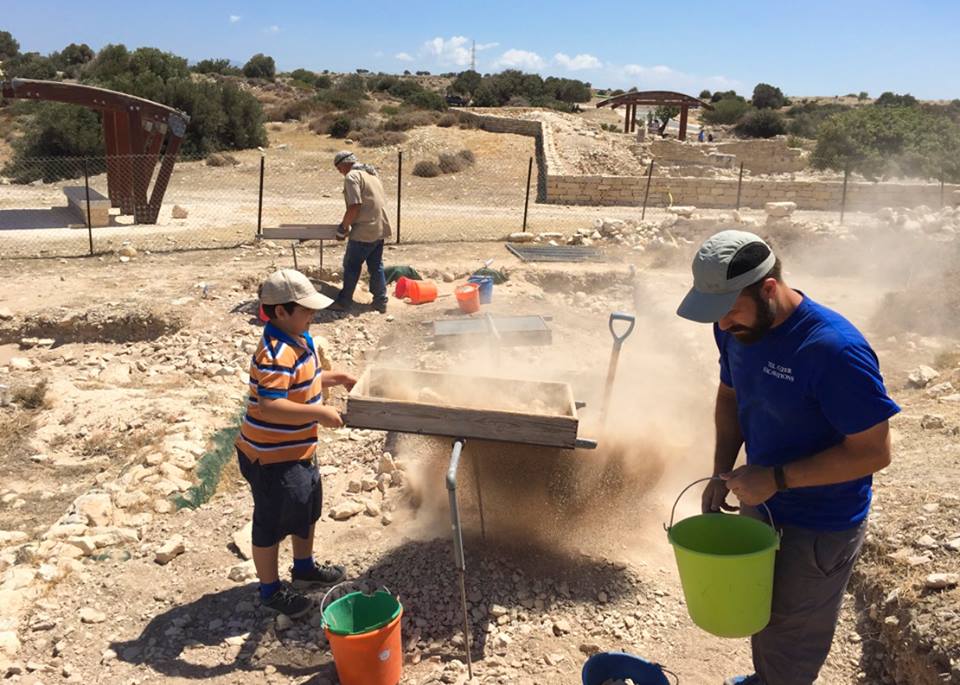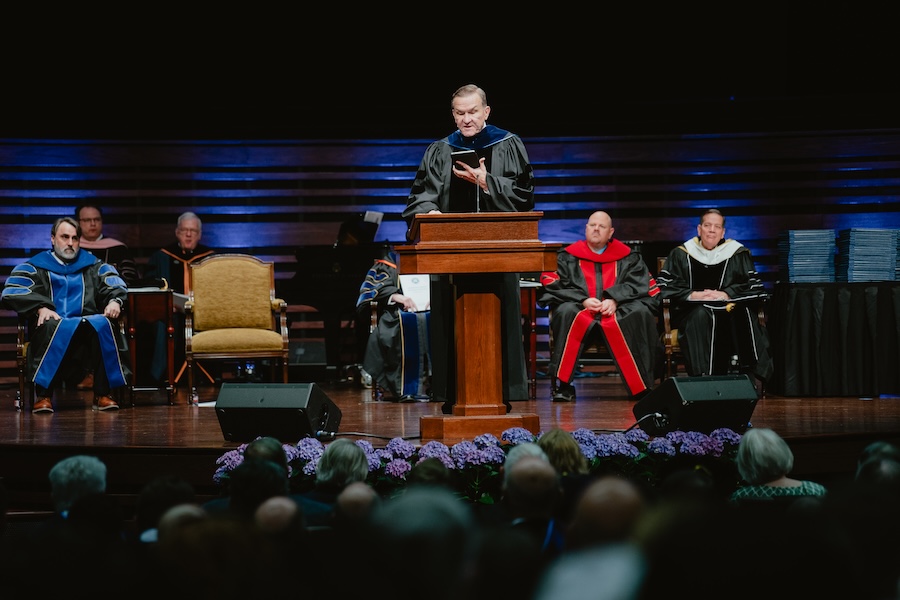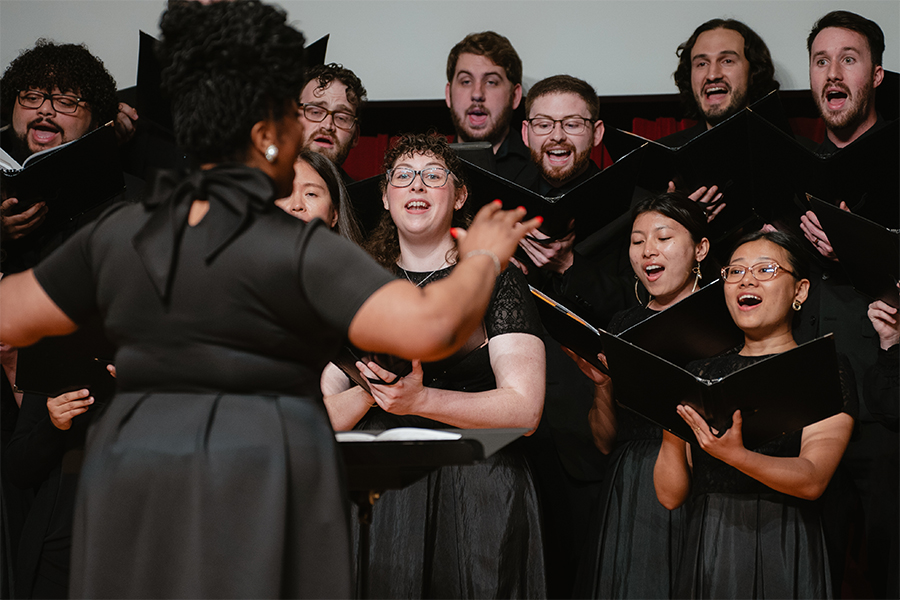Archaeology team uncovers evidence of ancient earthquake

EDITOR’S NOTE: The following report is by the Tandy Institute for Archaeology’s Tom Davis, director of the Kourion Urban Space Project in Cyprus. Davis serves as professor of archaeology and biblical backgrounds at Southwestern Seminary as well as chair of its archaeology department.
The Kourion Urban Space Project (KUSP) continues to uncover evidence of the massive earthquake that destroyed Kourion in the fourth century A.D. It is now clear that the large collapsed building being excavated by the KUSP team is either a damaged elite residence or a public building, although its size and construction history are unknown. Potentially two stories high, the floor plan is not yet complete and awaits further investigation. Massive blocks thrown down by the earthquake cover the floors of the building. The power of the tremor is indicated by the distortions of the walls and the movement of the heavy ashlar masonry.
The house was rich in material cultural remains. The KUSP team recovered more fragments of a large (60-plus centimeters in diameter) imported glass plate originally found in 2014. The plate was created from bundles of hollow yellow glass canes that were fused together in a dark green matrix. These plates are made in Egypt and are usually found in Coptic cemeteries. The Kourion plate provides what may be the best dated example in the world.
Additional Egyptian connections were suggested by the presence of a restorable amphora of an Egyptian style, recovered from near the floor of what archaeologists interpret to be a kitchen area. The wealth of the ancient household is indicated by a large elegant room with a mosaic floor, marble paneling and painted wall plaster. Ceramic analysis by the KUSP team including Scott Moore of Indiana University of Pennsylvania indicates a mid-fourth century date for the tragedy. This has been supported by the numismatic analysis of the coins from the building by the KUSP numismatist, Paul Keen of the University of Massachusetts Lowell.
KUSP has completed the second field season in the investigation of the collapsed building, part of a long-term archaeological investigation at the site of Kourion, Limassol District. KUSP partners include the Australian Institute of Archaeology, the University of Cyprus, Cyprus Technical University, and the Western Sovereign Base Area Archaeology Society.
Southwestern students were joined by students and volunteers from the consortium partners and from the University of Cincinnati, Arizona State University, Boston University, and the University of Chester (U.K.). More than 20 local volunteers also assisted in the excavation of the site and the processing of the material remains.



